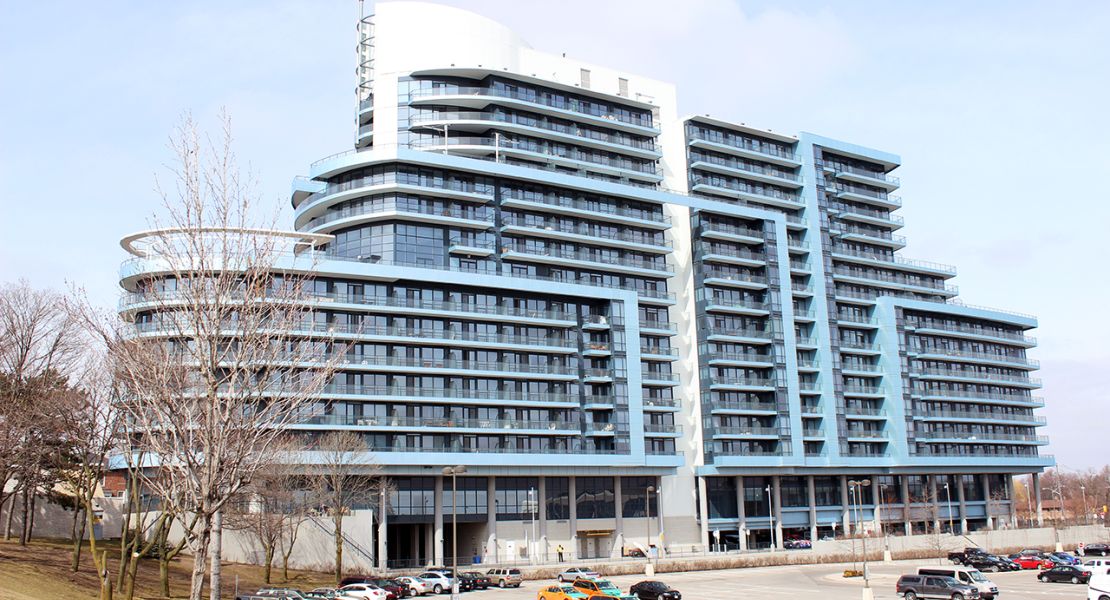TORONTO – When looking at condominium communities in Toronto and other major Canadian real estate markets – especially high-rise towers – it’s natural to wonder how many units are rented out by investors, and how many are lived in by their owners.
Thanks to a special “Feature on Condominiums” in the Canadian Mortgage and Housing Corporation (CMHC)’s Canadian Housing Observer 2013, we now have a pretty good idea of what that ratio looked like as recently as 2012.
A portion of the report discussed condominium apartments specifically – the type you’d find in a high rise tower – noting that “condo apartment markets are significantly different from freehold single-detached markets, e.g. in regard to the average time between purchase and occupation.”
- In 2012, More than half (51 per cent) of Canada’s condo apartment housing starts were located in the Toronto and Vancouver census metropolitan areas (CMAs).
- During the same year, only 23 per cent of the Toronto CMA’s condo apartments were being rented out by investors. That means more than three quarters of the area’s condo apartments were being lived in by their owners – a figure that may come as a surprise to some of our readers!
“Condo apartment rentals in Toronto and Vancouver feature lower average vacancy rates and higher average rents than purpose-built rental apartments,” the report notes.
Further sections discuss Canada’s condominium market as a whole – that is, any type of home that includes common elements shared with other homes nearby (such as a recreation centre, or common roads and driveways). Keep in mind that these can be apartments, townhomes or even detached properties.
- By 2011, the number of owner-occupied condos in Canada was 1,154,000, representing a huge jump from only 171,000 back in 1981. In the same year, 461,000 Canadian condos were occupied renters.
- Seniors and young adults have been the most enthusiastic buyers in Canada’s current condominium market. “In 2011, 19 per cent of condo owners in Canada were under the age of 35,” the report states, while “29 per cent were 65 or older.”
- Condominiums’ share of the national homeownership market nearly quadrupled between 1981 and 2011, jumping from just 3.3 per cent of Canadian owner-occupied dwellings, to an impressive 12.6 per cent.
Reporting for the Toronto Star, real estate reporter Susan Pigg noted that the apartment condo rental figures for Toronto only took into account rental units that had been listed via MLS (as opposed to other web tools such as Craigslist).
“What we have in terms of hard facts is what we released,” CMHC’s Deputy Chief Economist Mathieu Labarge told Pigg.
“We have round tables with the (condo development) industry on a regular basis and what we get is that investment activity remains limited.”
As we’ve seen in our various Market Update and Neighbourhood Profile reports here at GTA Real Estate News, GTA condominium projects can often benefit from a mix of owner-occupied units and rental opportunities for investors. Having a healthy blend makes for a diverse group of residents, and helps make condominiums accessible for students, young professionals, or others who are still saving up for the down payment on a home.
We’ve been happy to provide a quick overview in this article, but for more specific information on renting or purchasing a home in the condo market, we encourage you to contact the experts at Living Realty Inc., Brokerage for personalized advice.




